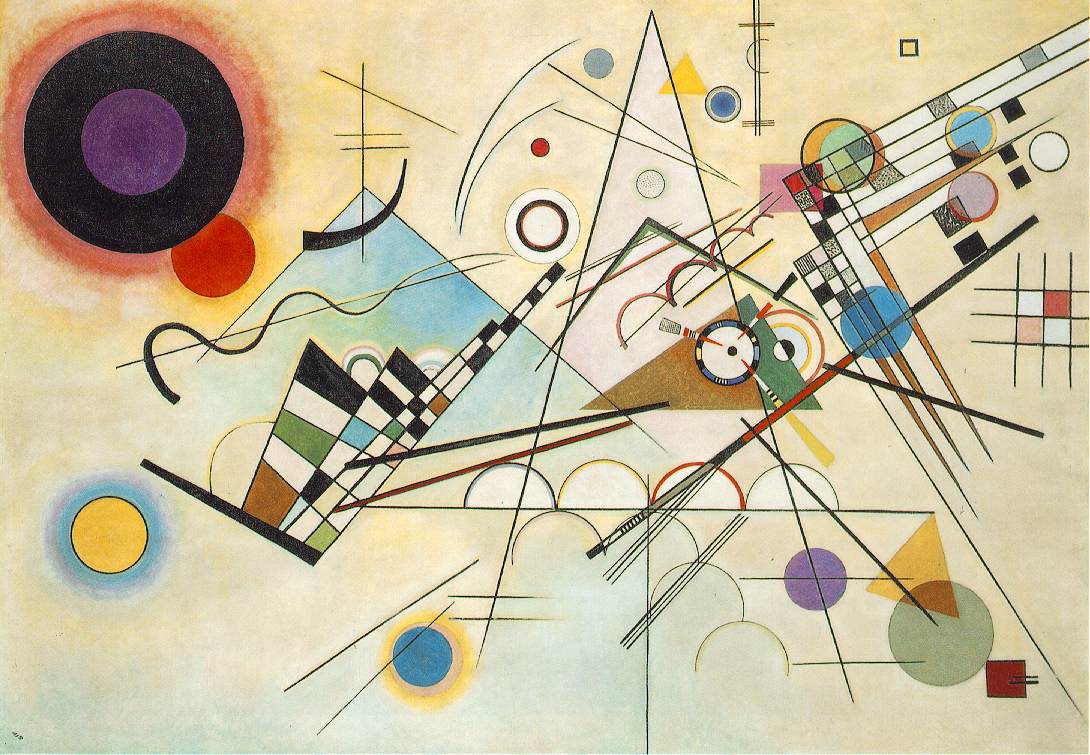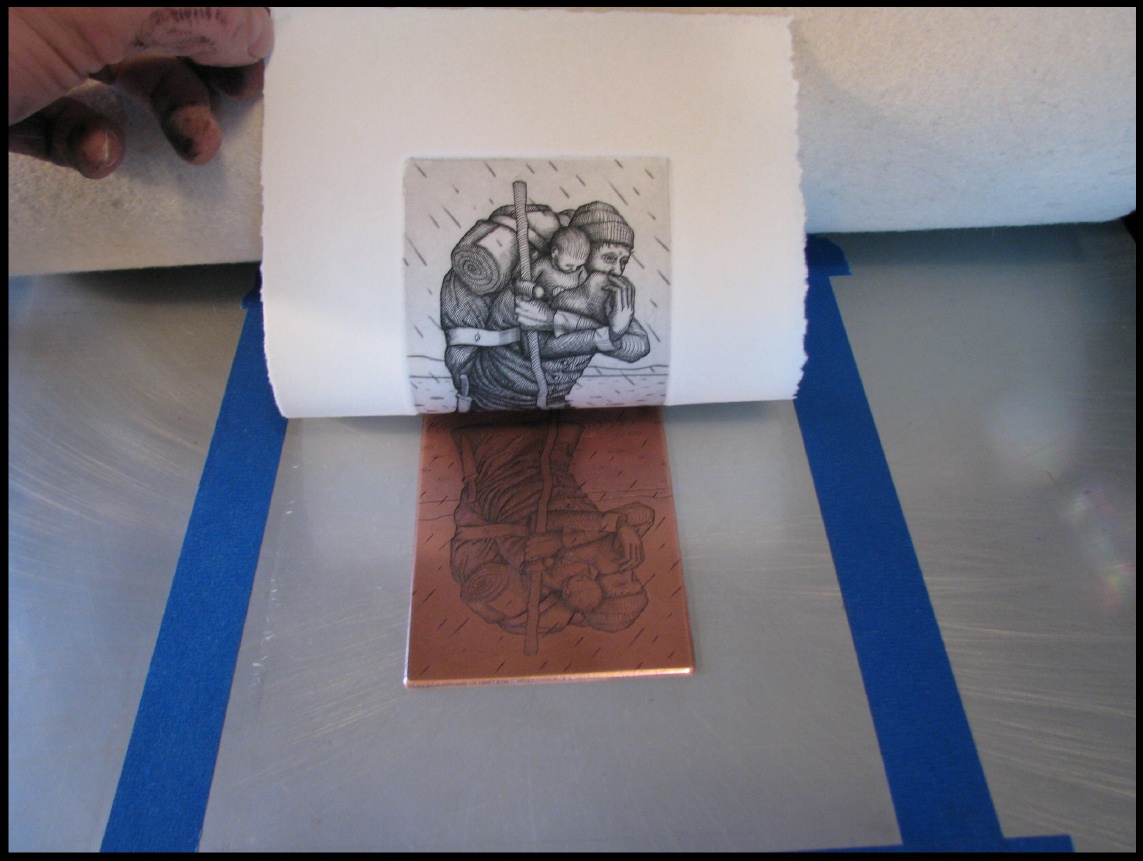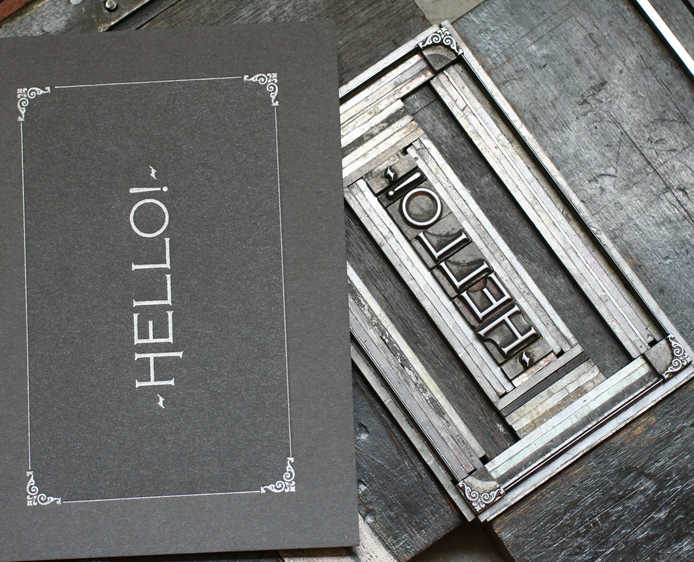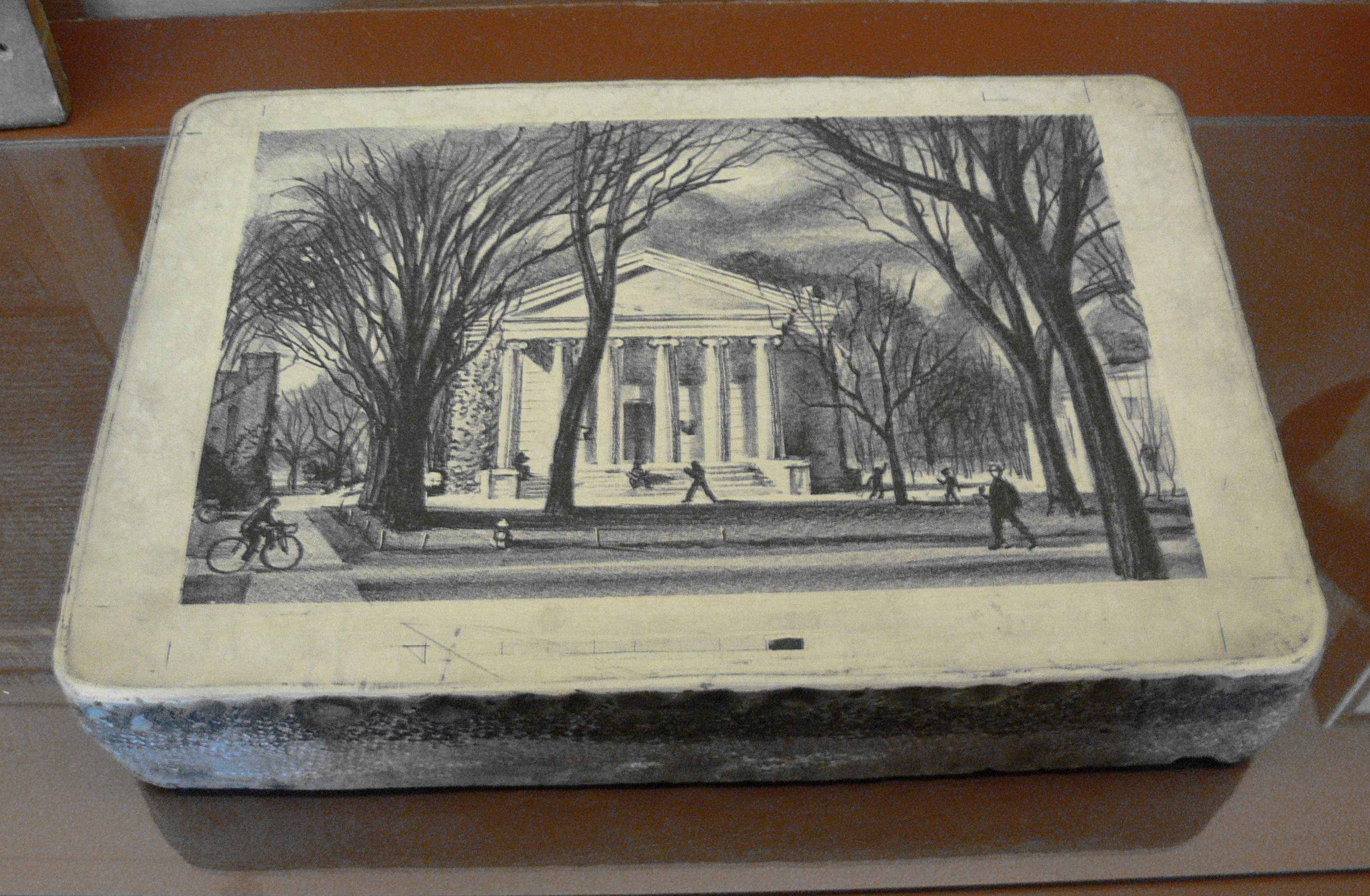 |
| Black is like the silence of the body after death, the close of life." painted by Wassily Kandinsky in 1991 |
This painting to me gives off a sense of an indie type of music; the reason being is because of the colour scheme. indie artist album covers always included light colours such as cream, which in the painting is the background colour. and other colours such a blue, yellow and green. each colour is a light shade, making them suttle; something that is sometimes used within indie music videos and album covers. looking at the painting, from my own judgement, I see a deformed guitar within the painting taking full shape of a normal guitar as if its in the process of being made; this also links into indie music because they also involve guitars in their acoustics set. Paul uses a variety of colours, but used a sort of cream/green/blue background that blends together well making the different shapes within the painting stand out clear to the viewer but also complementing the background colour. something that is very hard to create, but beautifully done by the blending of different shades of colours within this portrait. Using light shades of the selected colours really made the painting more intriguing and interesting to look at because the colours make you feel happy rather than confused about the object trying to be represented. what makes this painting unique and different is how he does not try to portrays or make a clear visual of an object that you normally see within a variety of different artworks and paintings, but the work still looks like a master piece because Paul used colour to be his painting and used different shapes to add onto the beautiful mix of colours.

This pieces represents EDM (electric dance music) a broad range of percussive electronic music genres produced primarily for dance-based entertainment environment such as nightclubs, raves and festivals. the explosive artwork and colours represents the emotions felt when listening to such music as EDM. also with EDM music, the majority of songs include a base drop, which is represented through the painting with the light colours on the edges of the piece, showing tranquillity and the middle of the pictures shows the thrilling main body of the song for example at the start of
where are u now, it articulates a sense of peacefulness whereas once it reaches the base drop, an explosion of sound and almost even colour is presented, just as in the painting. looking at the piece, visually all I see is a explosion/ chaotic scene. as if something bad has happened but then it turns into something beautiful. although there's no visible object I can see, I still manage to be able to see a scene and a story happening through the artwork itself. The colours that Paul uses within this painting is what gives the painting its loud and dangerous, but fun effect on the viewer cause the colours are bright and very noticeable while the background is a settling colour that is not as bright, but more complementary to the explosive colours.

judging from this piece of art work by Wassily Kandinsky; i get the sense of a jazz themed oil painting. for example the colours used within the painting represent the effects and emotions you would feel, when listening to the music genre; they expresses the sense and energy of jazz, expanding your mind and soothing your soul, as what jazz music does for people. Also another reason to why the oil painting represents jazz through my opinion,is because within the painting contains musical objects such as drums, piano and other instruements that are the basic intruments used when making such music as jazz, and the different symbols around the figures contained within the piece coyld be representing the different emotions and dances created by the mood and rhytm of the music created through jazz.










